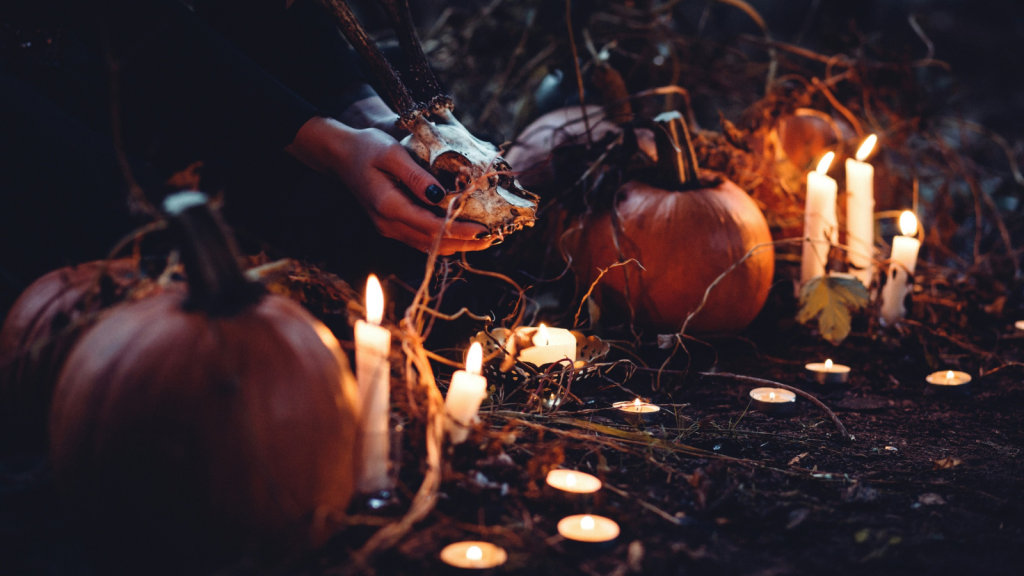When we think of Halloween, almost everyone will think of costume parties, trick-or-treating and all things spooky, like ghosts, goblins and ghouls. But there’s much more to Halloween than that. The rich history behind Halloween is filled with ancient Irish traditions, myths and customs. I love history and anything spooky, so I really enjoyed putting together this list of fascinating facts about the Irish origins of Halloween. I hope you enjoy reading it as much as I enjoyed writing it.
Samhain Festival
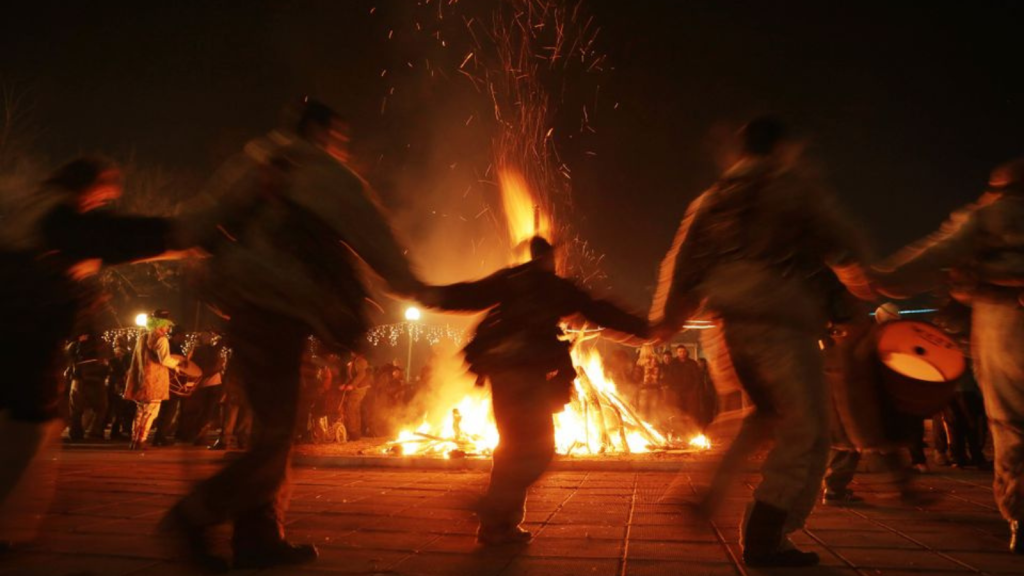
You can trace the roots of Halloween to the ancient Celtic festival of Samhain (pronounced “sow-in”), which was celebrated in Ireland over 2,000 years ago. The Samhain festival marked the end of the harvest season and the beginning of winter, a time when it was believed that the veil between the living and the dead was at its thinnest.
Ancient Traditions
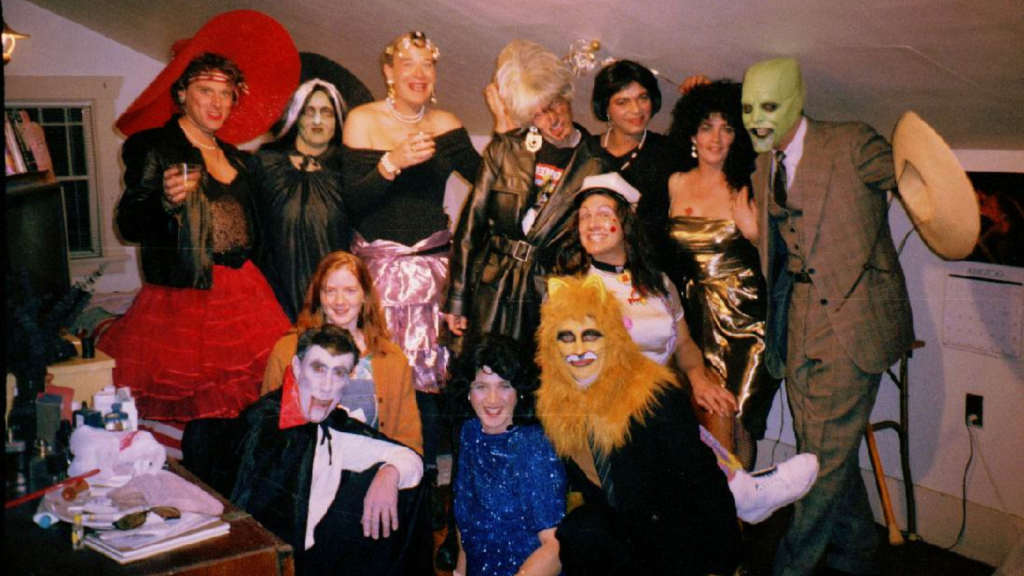
During Samhain, people would wear costumes and light bonfires to ward off roaming spirits. These practices are precursors to modern-day Halloween traditions like dressing up in costumes and carving jack-o’-lanterns.
The Role of the Druids

Druids, the high priests of the Celts, played an important role in Samhain celebrations. They would conduct various rituals, including divination, to predict the future. Many rituals were held in sacred places, often around large bonfires where offerings were made to different deities.
Fairies and Spirits

Samhain was not only about warding off evil spirits but also about honoring ancestral ghosts and fairies, known in Irish as “Aos Sí.” People would leave offerings outside their homes, a tradition that helped develop modern-day trick-or-treating.
The Christian Influence
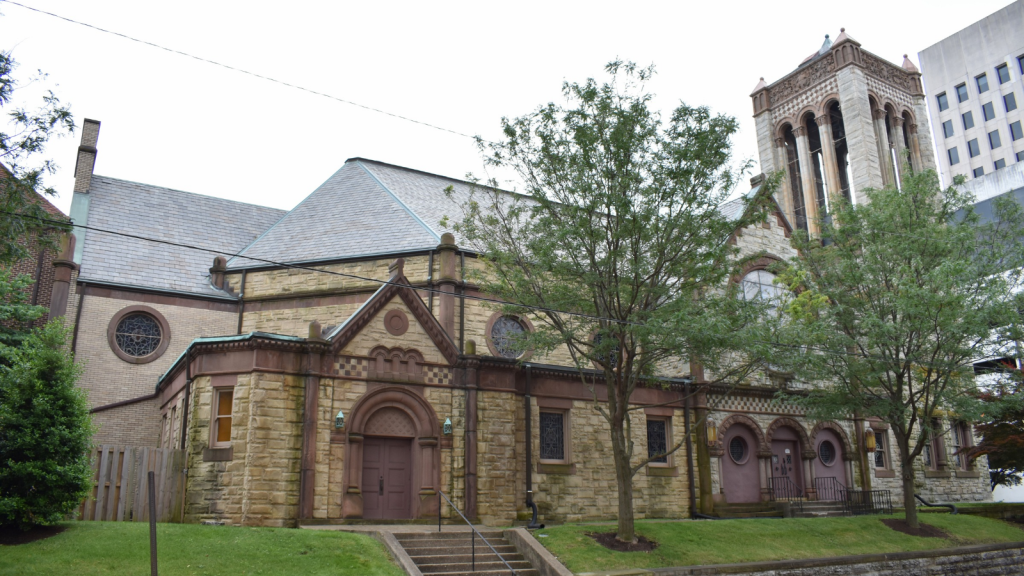
As Christianity spread across Ireland, many pagan celebrations were adapted into Christian holidays. Samhain was eventually transformed into All Hallows’ Eve (the night before All Saints’ Day). This change allowed the church to maintain its influence over these popular celebrations while incorporating them into the Christian calendar.
Irish Myths and Folklore

Irish folklore is rich with tales of mythical creatures like the Púca, a shape-shifting spirit, and the Banshee, an omen of death. These stories contributed to the spooky and supernatural themes associated with Halloween today.
The Legend of Stingy Jack

The practice of carving jack-o’-lanterns comes from an Irish myth about a man nicknamed “Stingy Jack.” According to the legend, Jack tricked the Devil and was condemned to walk the earth with a burning coal inside a carved-out turnip to light his way. This tale eventually led to the modern tradition of carving pumpkins.
Apples and Divination
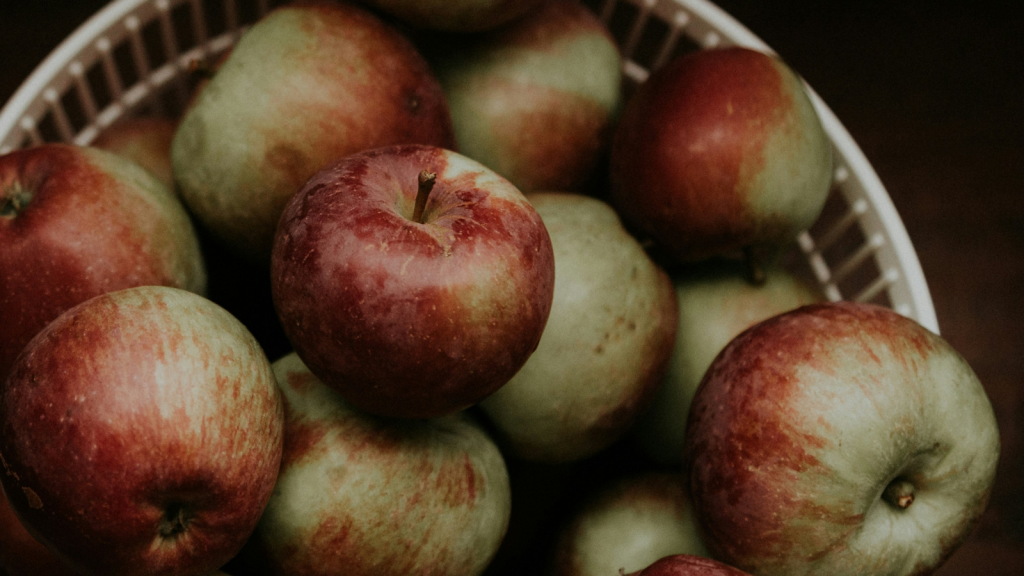
During Samhain, apples were a significant part of many divination games. One popular activity involved bobbing for apples, which was believed to predict future marriages. These traditions carried over into modern day Halloween parties and games.
Halloween Food
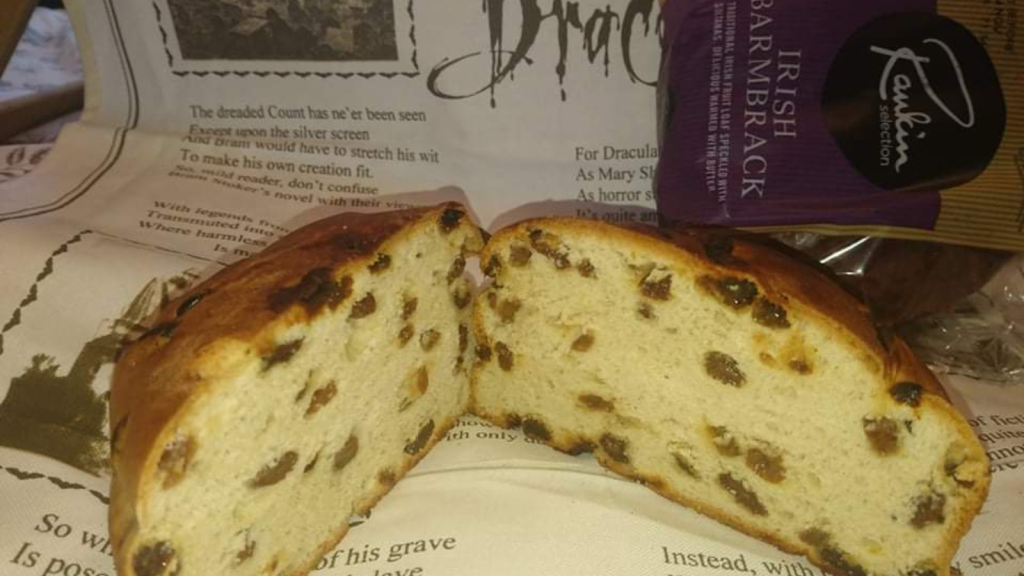
Traditional Irish foods for Halloween include “barmbrack,” a fruitcake that often contains various items baked inside, such as a ring or a coin. Finding these items in your piece was believed to predict fortunes for the coming year. Colcannon, a dish made from mashed potatoes, kale, and onions, was also commonly eaten during the Halloween festivities.
Soul Cakes
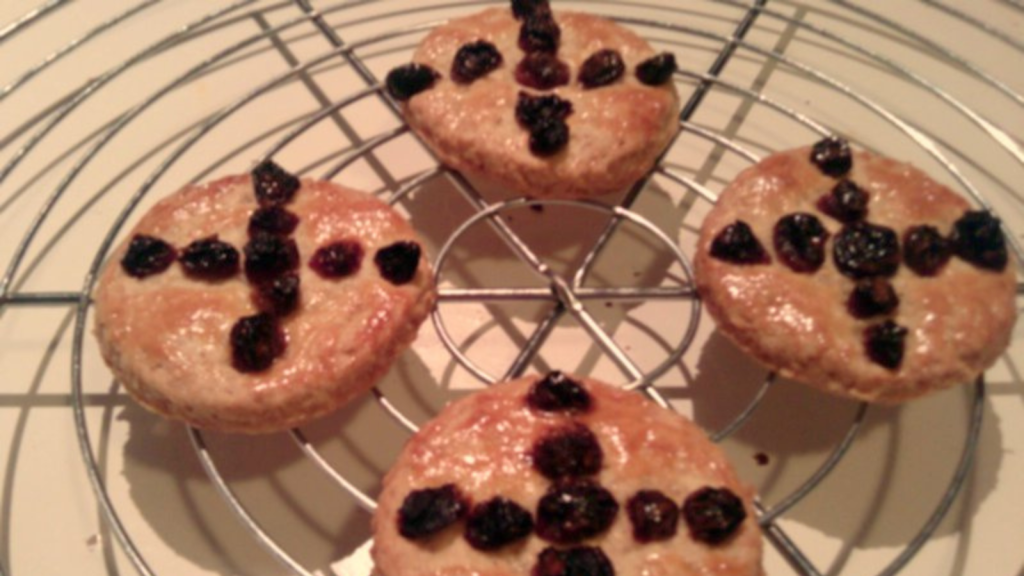
During the early Christian period in Ireland, the practice of “souling” became popular. On All Souls’ Day, people would go door to door offering prayers for the dead in exchange for soul cakes, small round cakes typically made with spices and currants. This is thought to be a precursor to modern-day trick-or-treating.
Mumming and Guising
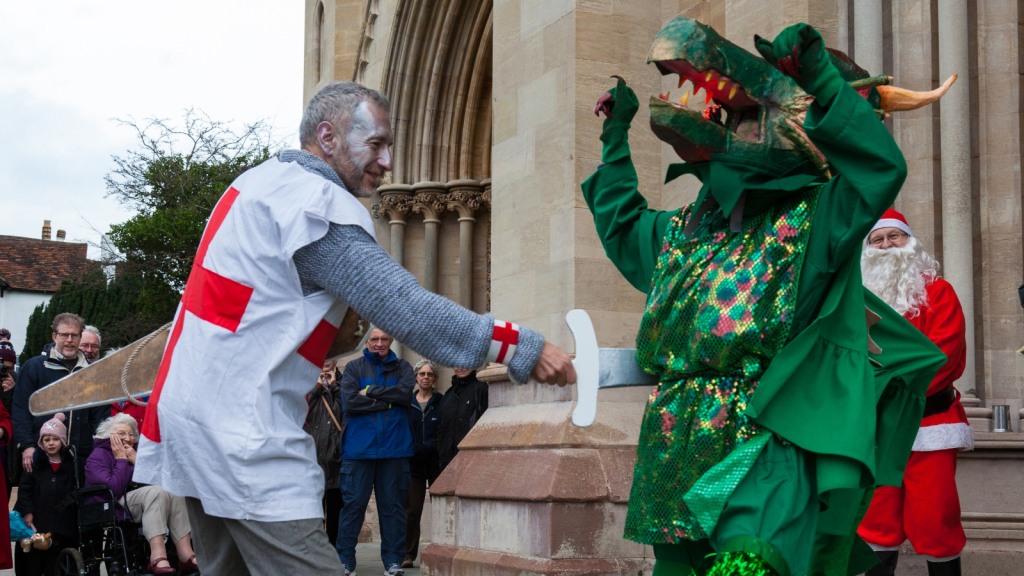
Mumming and guising, both ancient forms of modern trick-or-treating, involved people dressing up in costumes and going from house to house singing songs, reciting poems, and performing small tricks or plays in exchange for food. These activities mimicked or mocked the spirits believed to be roaming the earth.
The Dumb Supper

Another Samhain tradition was the “dumb supper,” where a meal was served and eaten in silence. Plates of food were set out for the souls of ancestors, inviting them to join in the feast. This quiet meal was a way to honor and remember those who had passed away.
Protective Charms
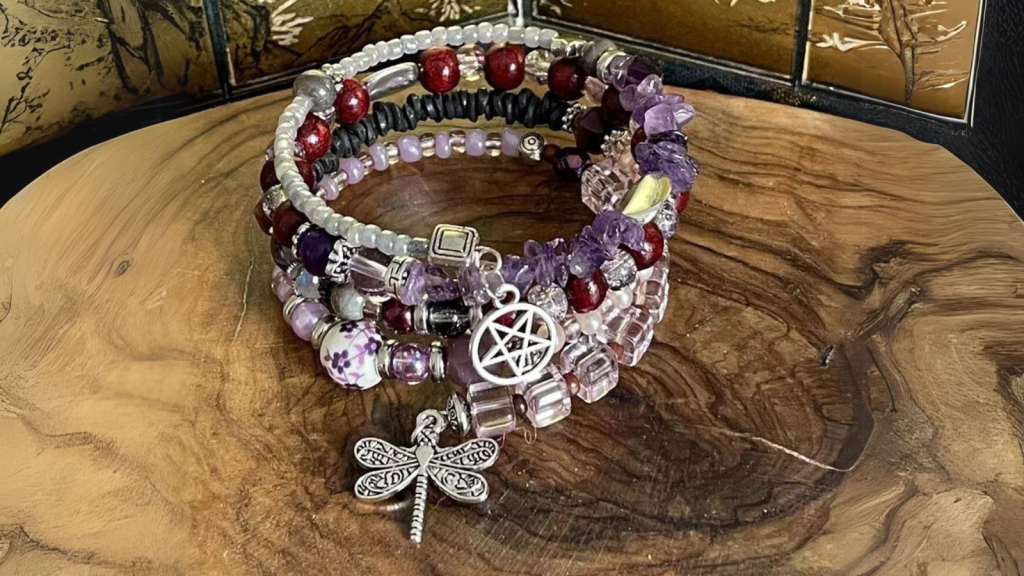
To protect themselves from wandering spirits, people would place protective charms around their homes. These could include iron objects, which were believed to repel fairies, and salt, which was thought to purify and ward off evil.
Bonfires and Animal Sacrifice
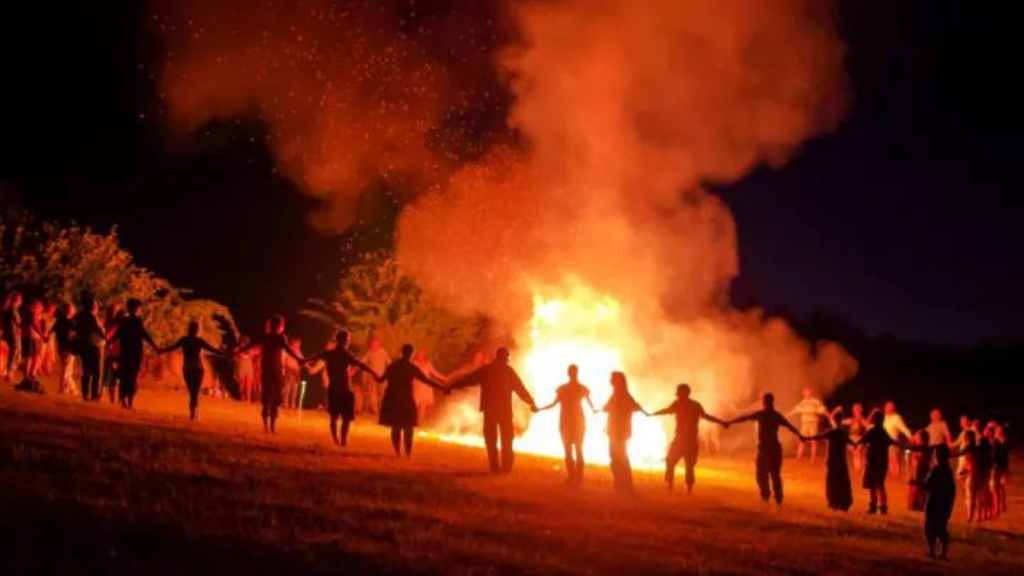
Large community bonfires were lit during Samhain, and it was customary to throw in bones of the slaughtered livestock, hence the name “bonfire” (literally “bone fire”). These bonfires were believed to help guide the souls of the departed to the afterlife.
Mischief and Trickery
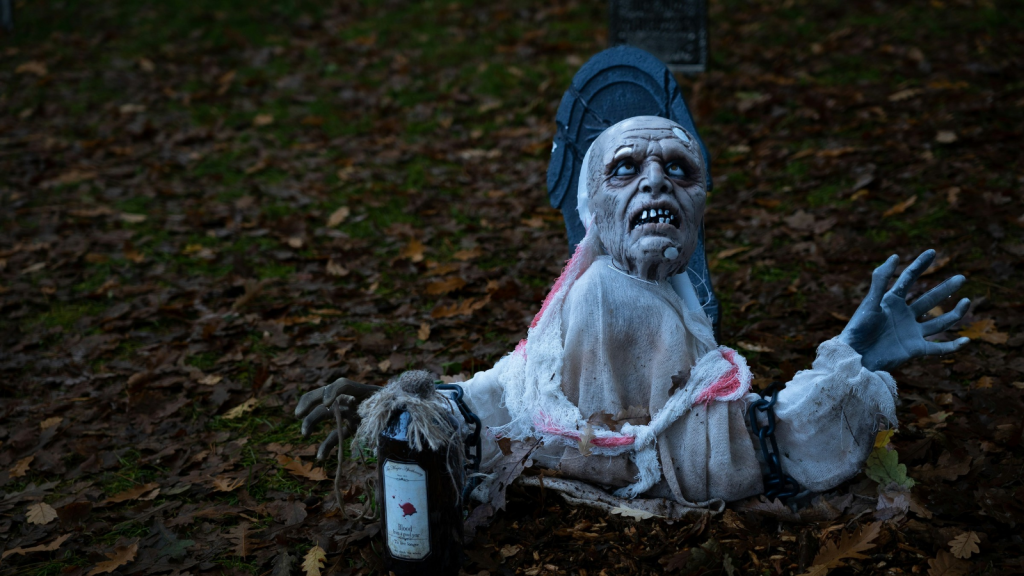
Samhain was also a time when people engaged in lighthearted mischief and trickery. This tradition of playing pranks during Samhain has developed into the “trick” aspect of Halloween, where children play harmless tricks or pranks if they do not receive treats.
The Halloween Turnip
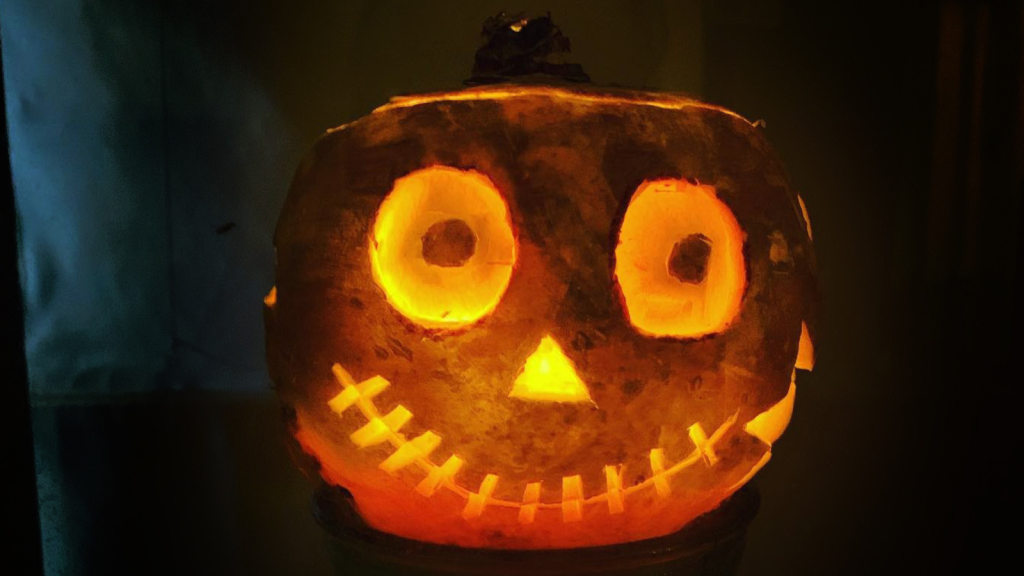
Before pumpkins became the symbol of Halloween, the Irish carved faces into turnips to create lanterns. The hollowed-out turnips, often placed with a candle inside, were used to ward off evil spirits and light up the night during Samhain.
Celebrating the Harvest
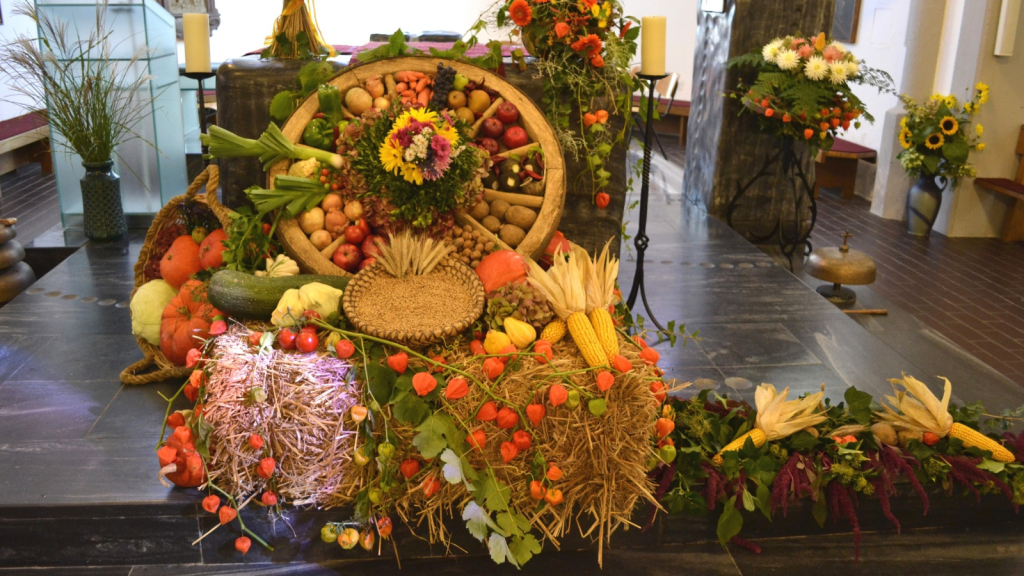
Apart from its spiritual significance, Samhain was also a harvest festival. The Celts celebrated the abundance of the harvest with feasts, which featured foods like apples, nuts, and grains, all of which are still associated with Halloween today.
The Wild Hunt

Legend has it that during Samhain, the Wild Hunt, a ghostly procession of spectral hunters led by a mythic figure, would sweep across the land. People stayed indoors to avoid encountering this frightening troop, as it was believed to bring bad omens.
Global Influence
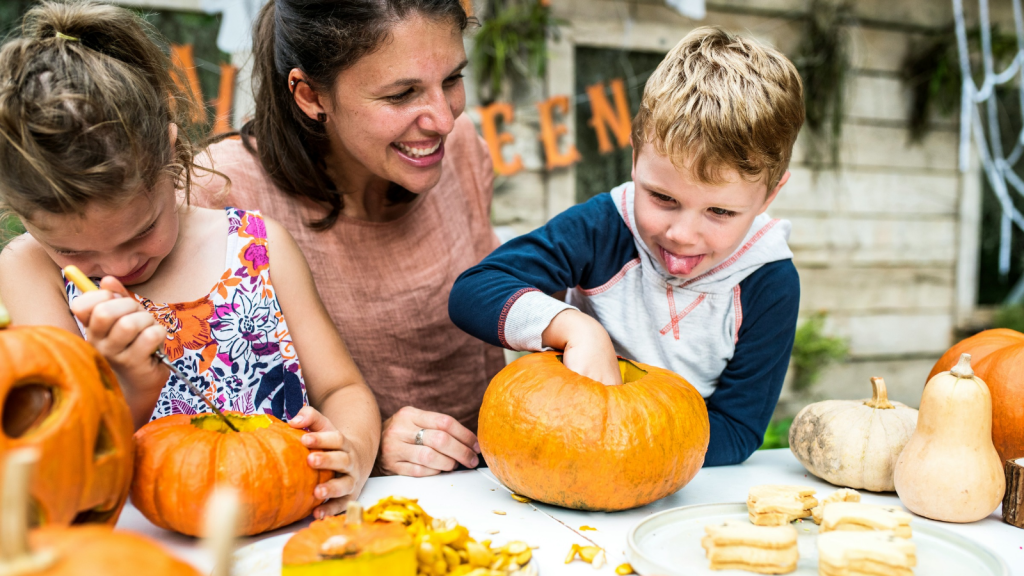
The celebration of Halloween has now spread worldwide, but its core traditions and customs can still be traced back to Ireland’s ancient festival of Samhain. Countries around the globe have adopted and adapted these practices, adding their own unique twists.
Modern Halloween Celebrations in Ireland
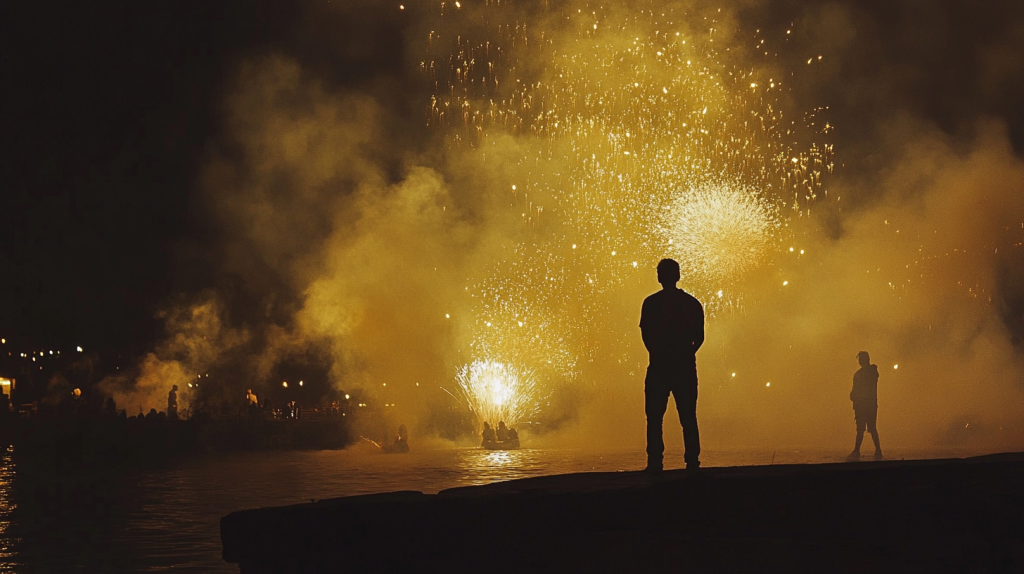
Today, Halloween is widely celebrated in Ireland with a mix of traditional and modern activities. Irish towns and cities host parades, haunted houses, and fireworks, making it one of the most festive times of the year and a nod to their ancient heritage.
